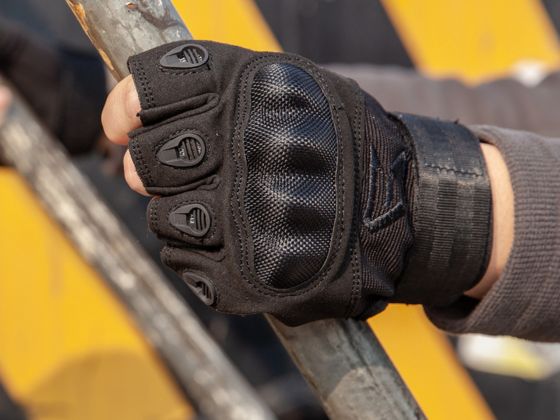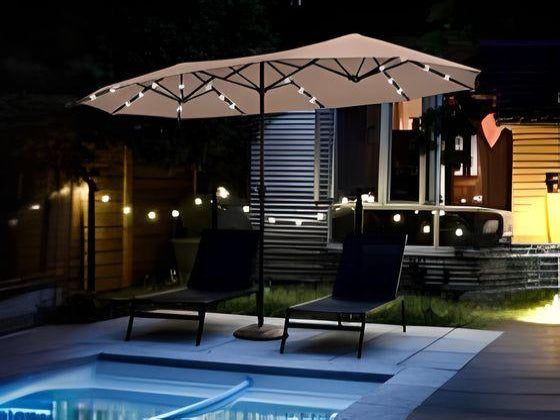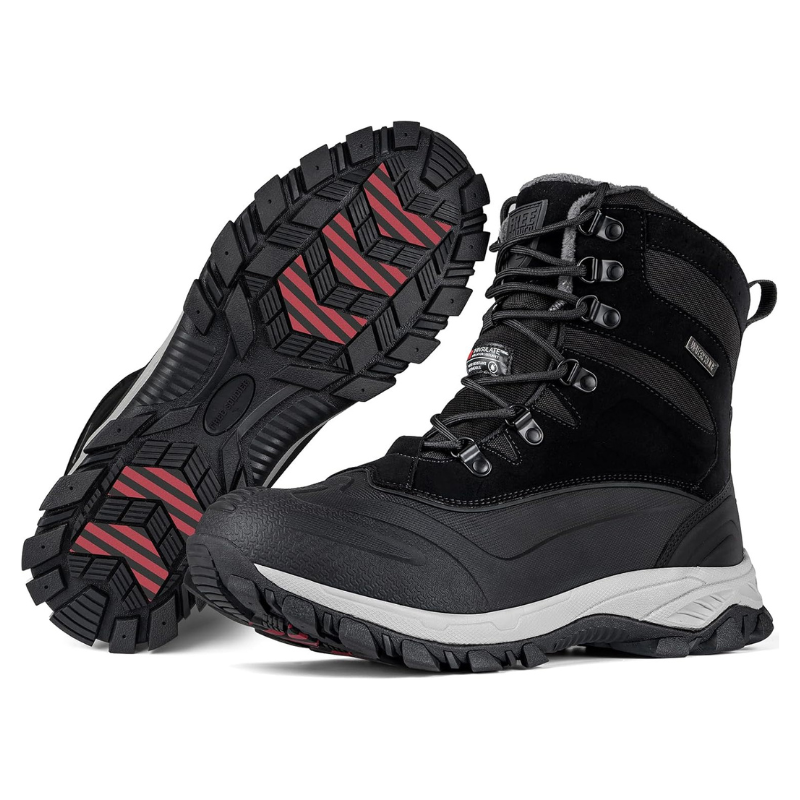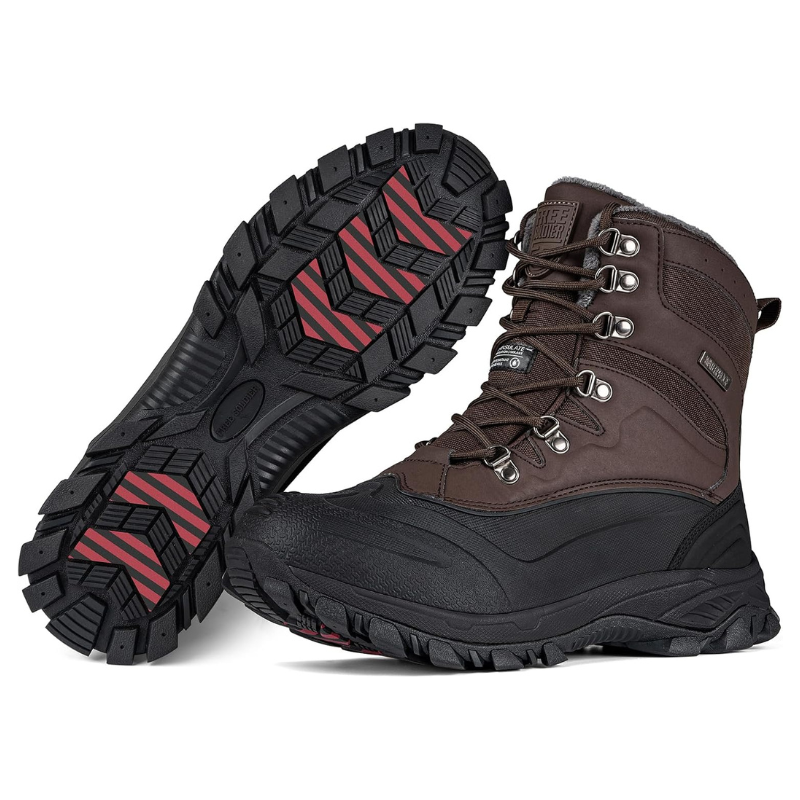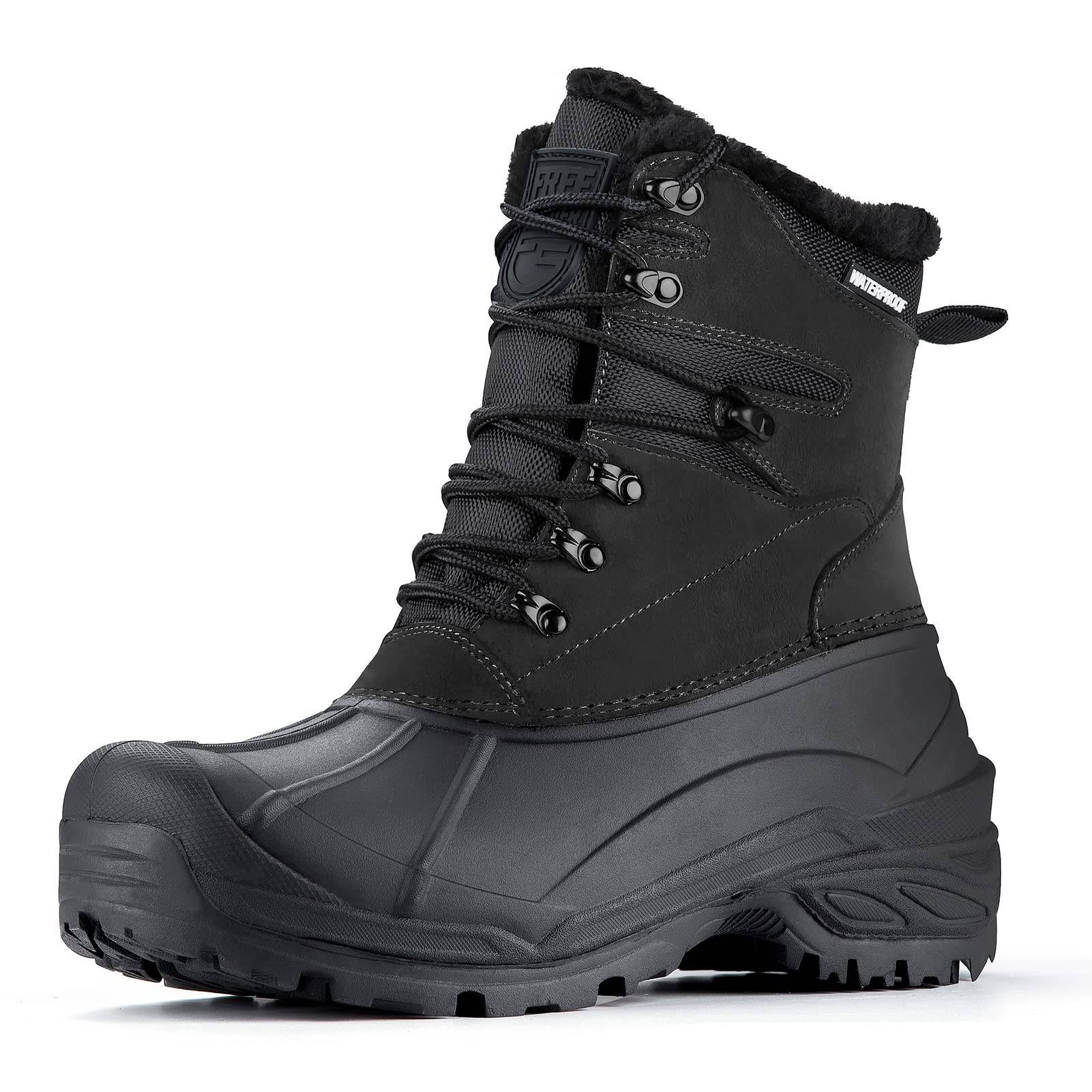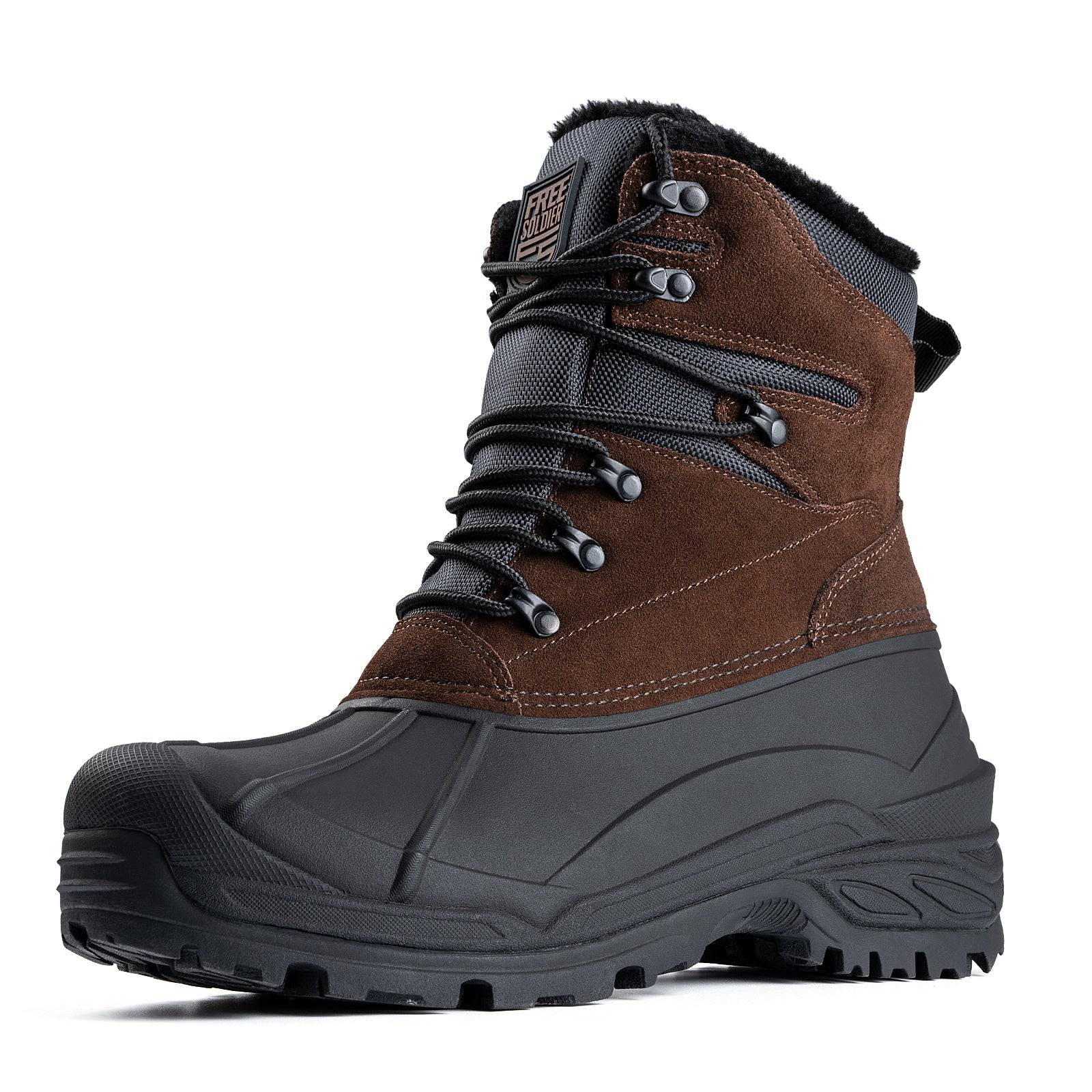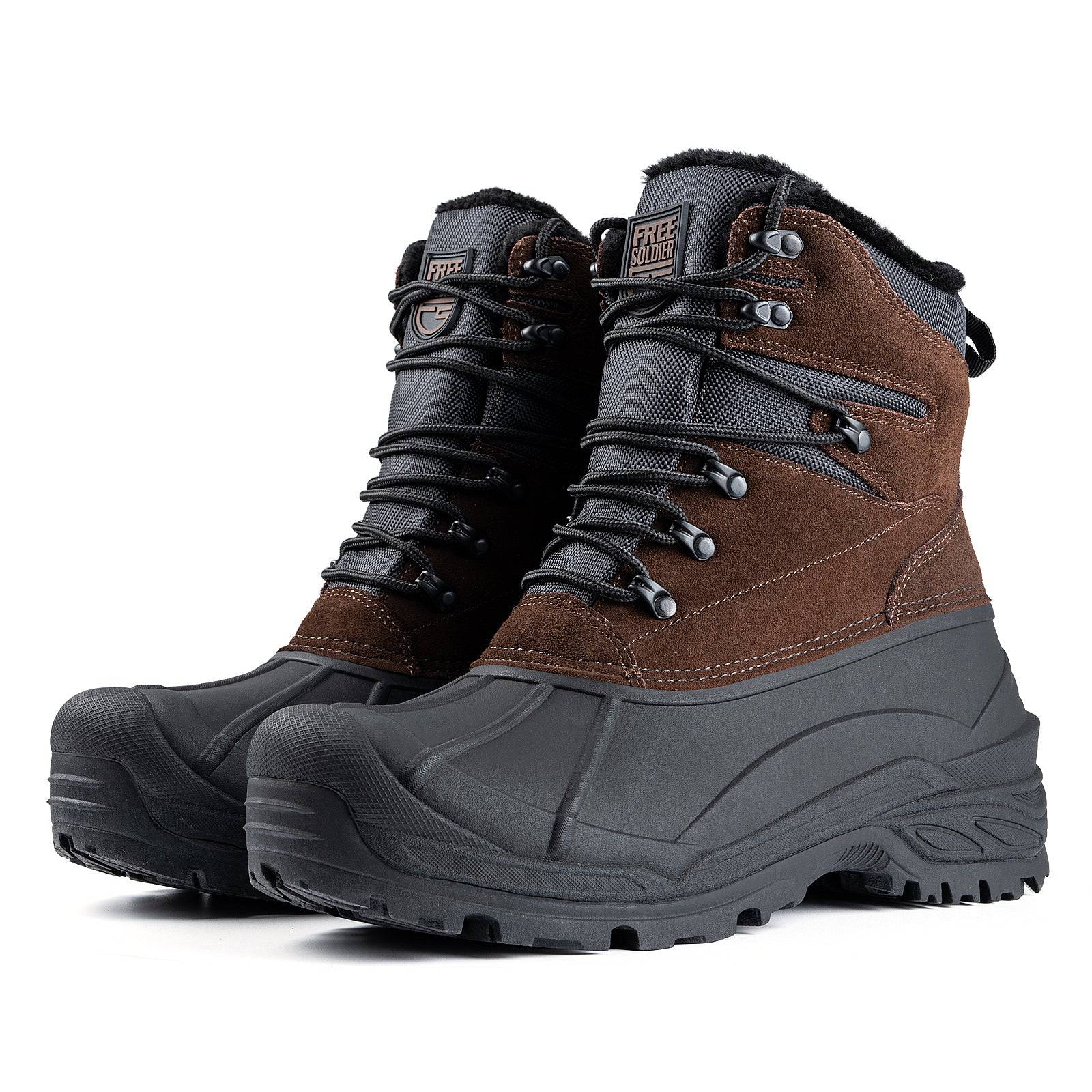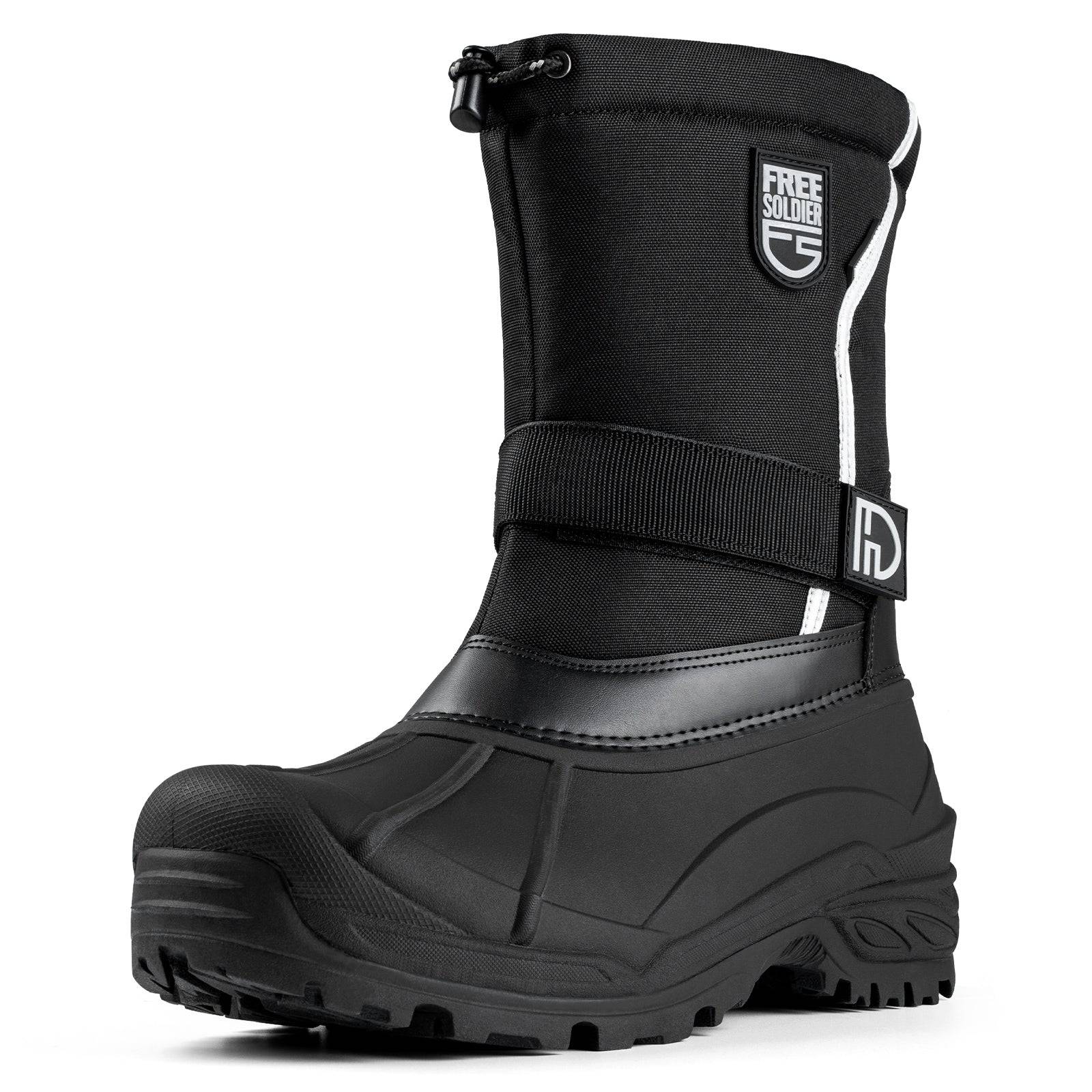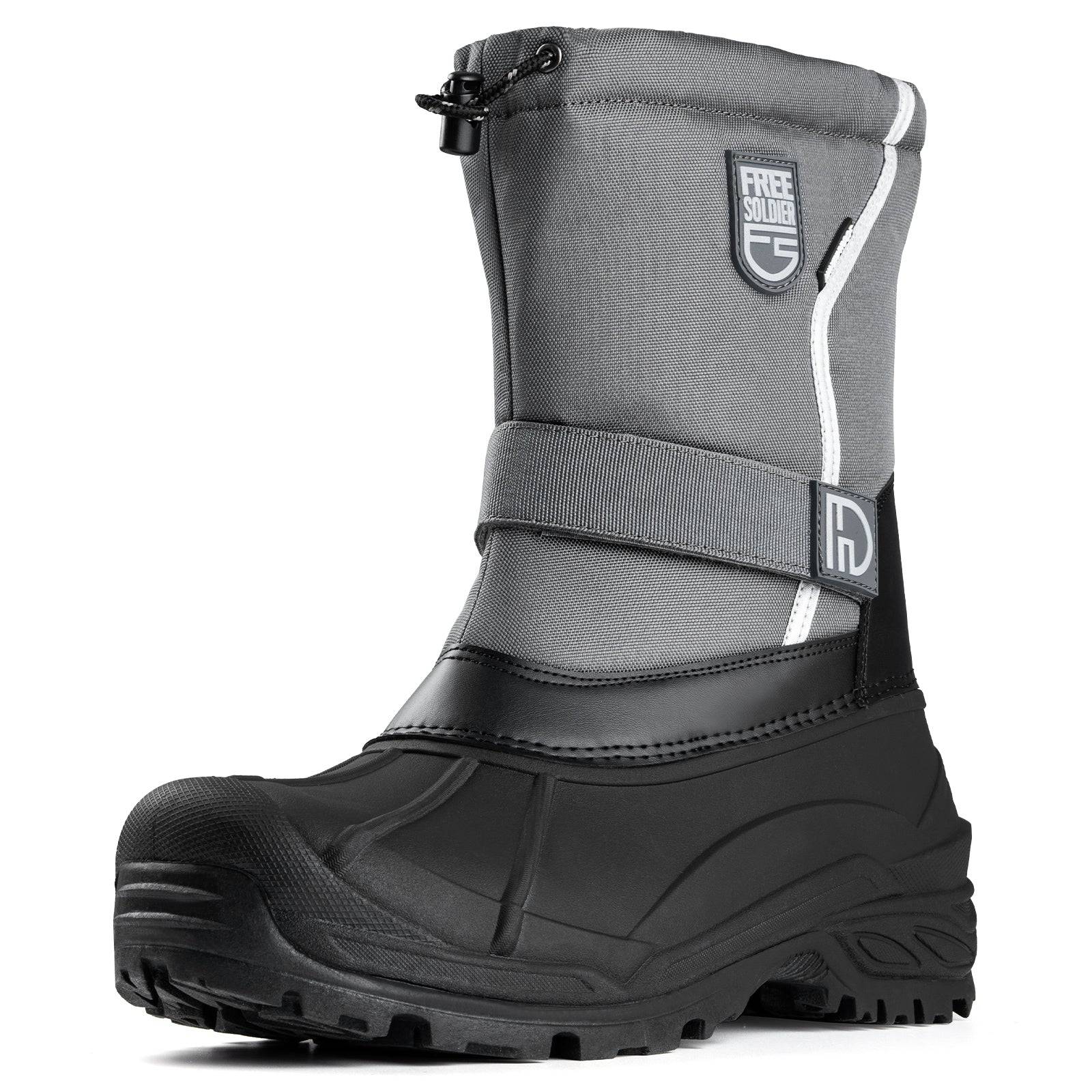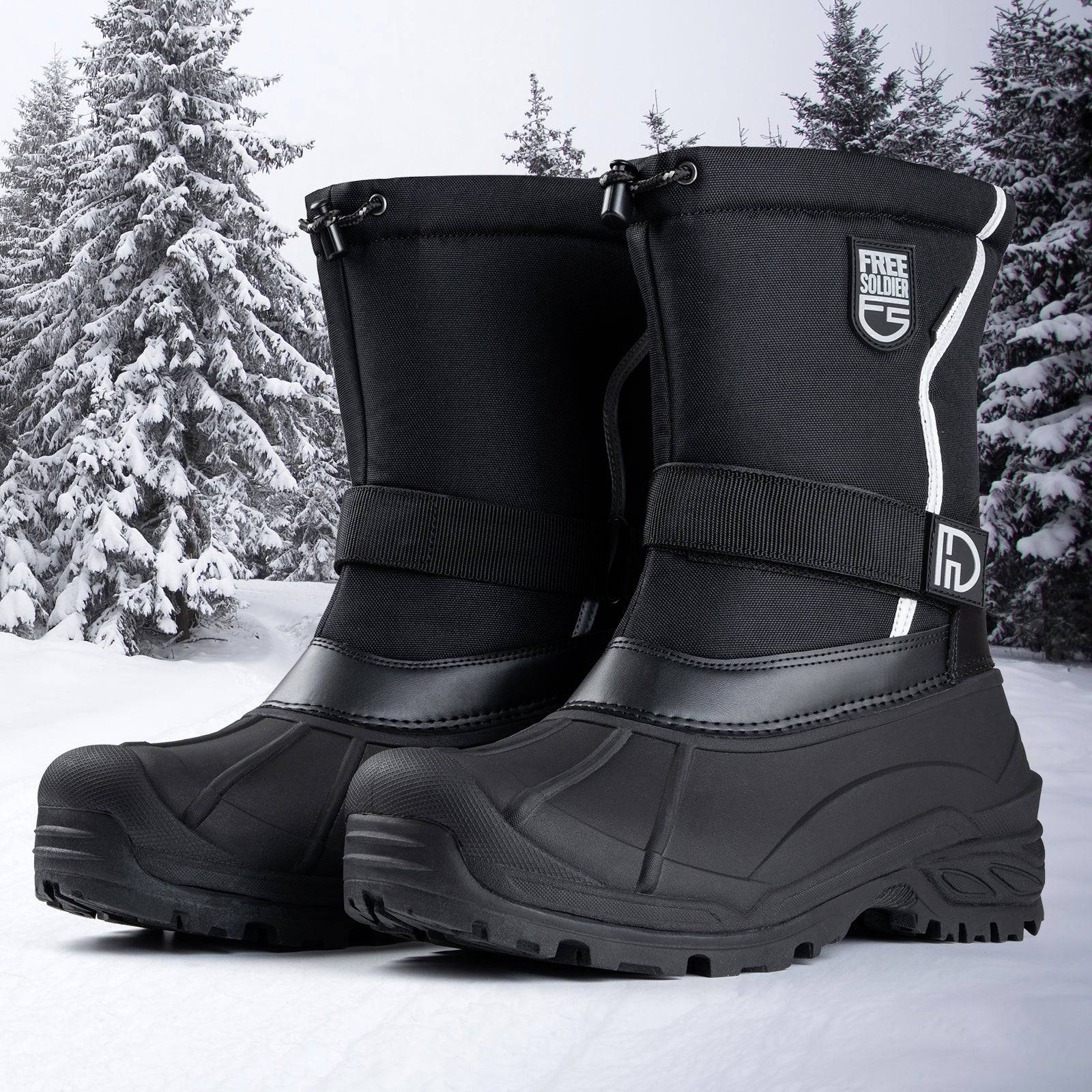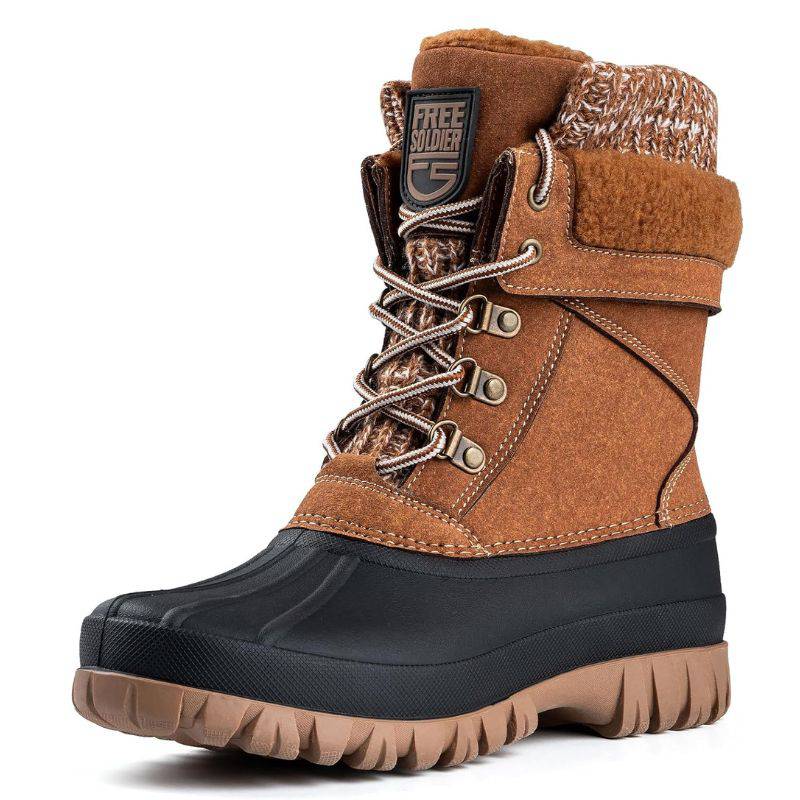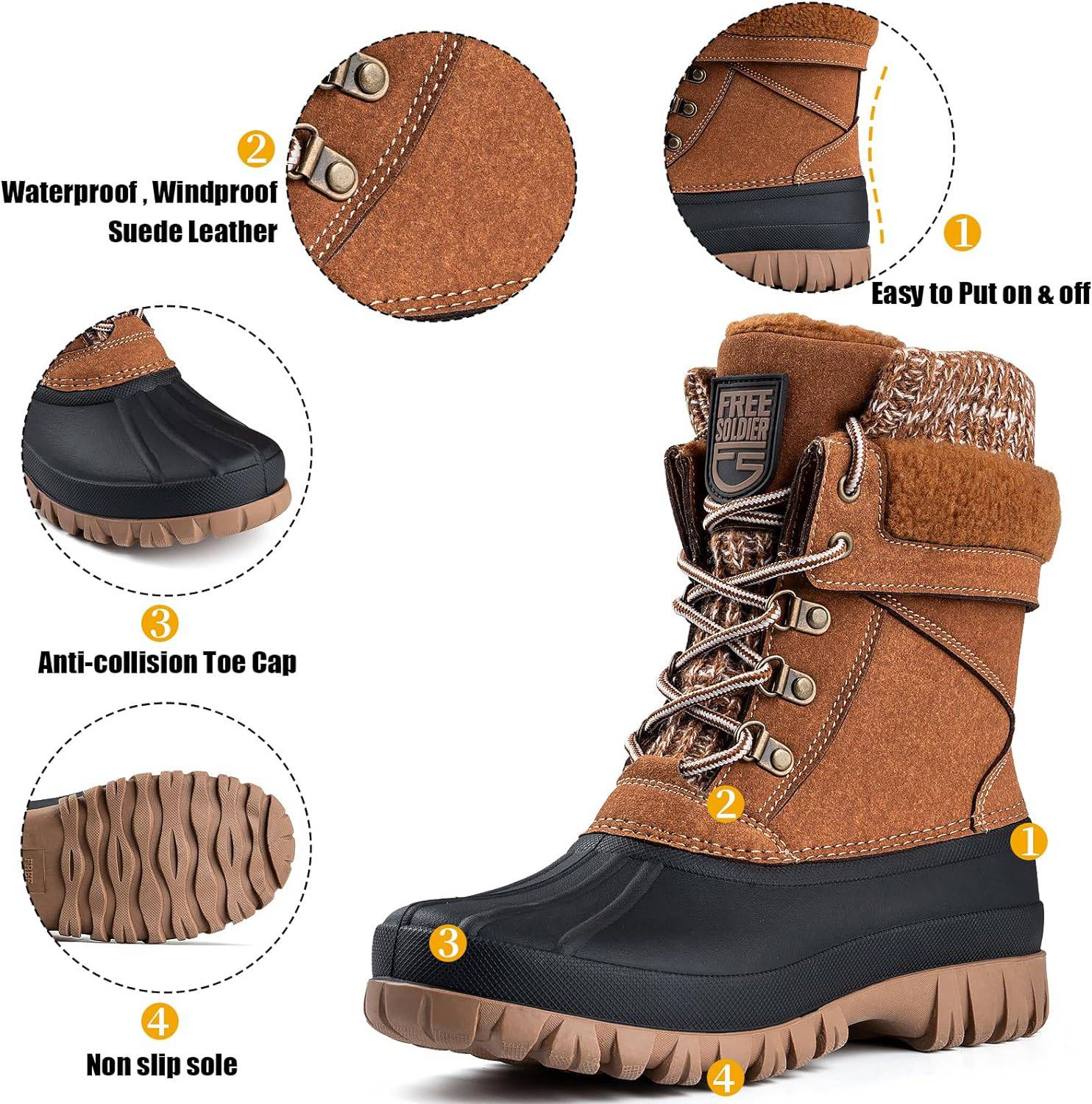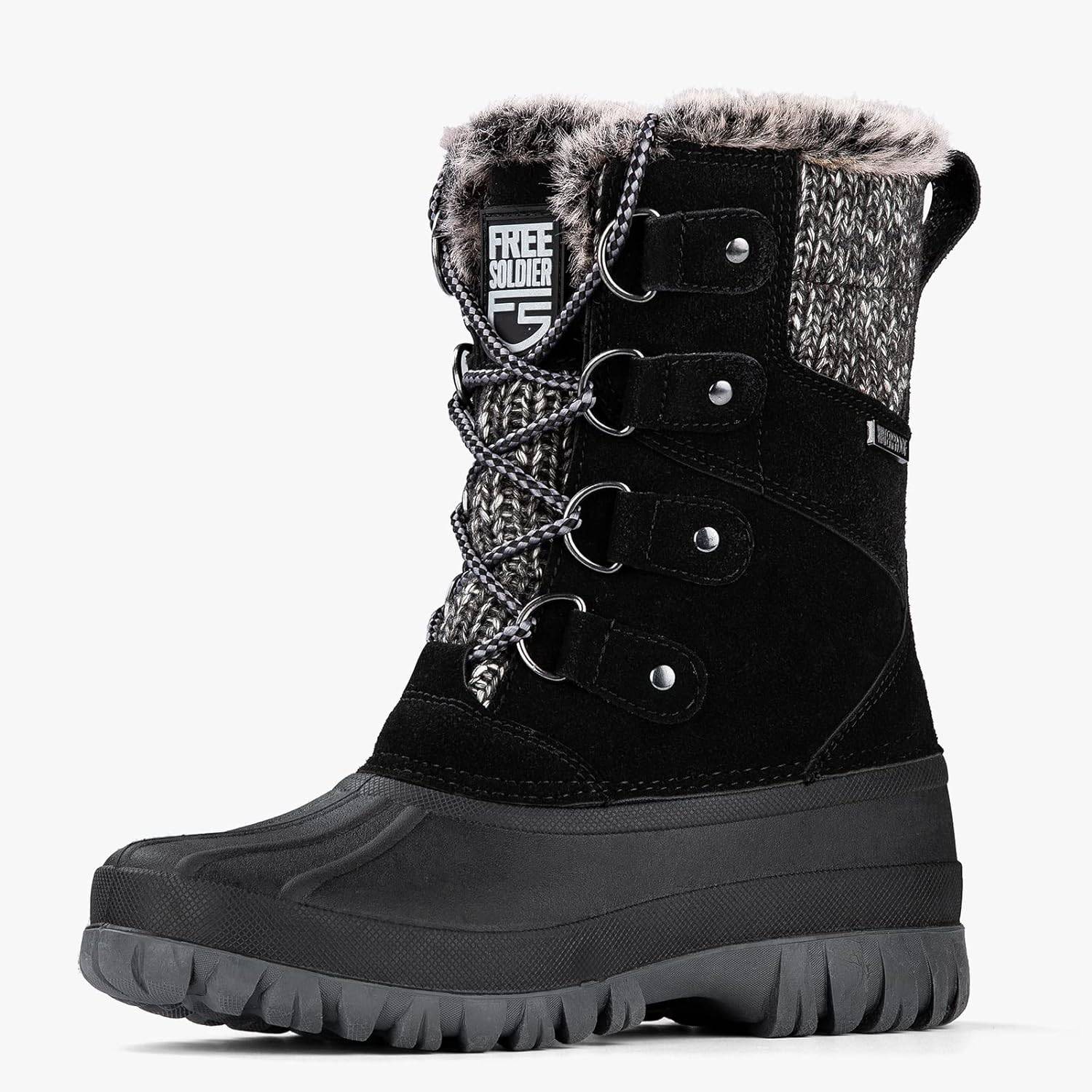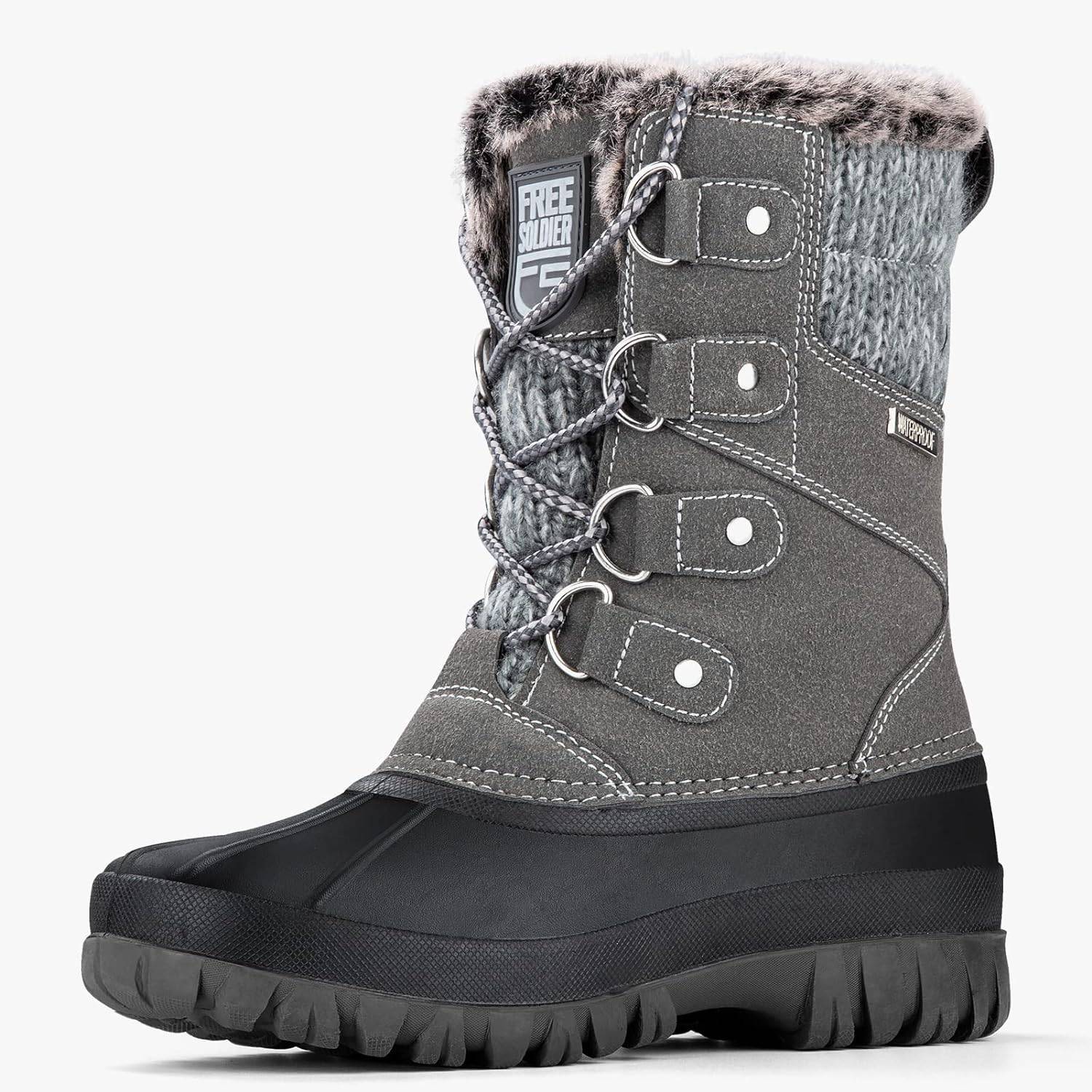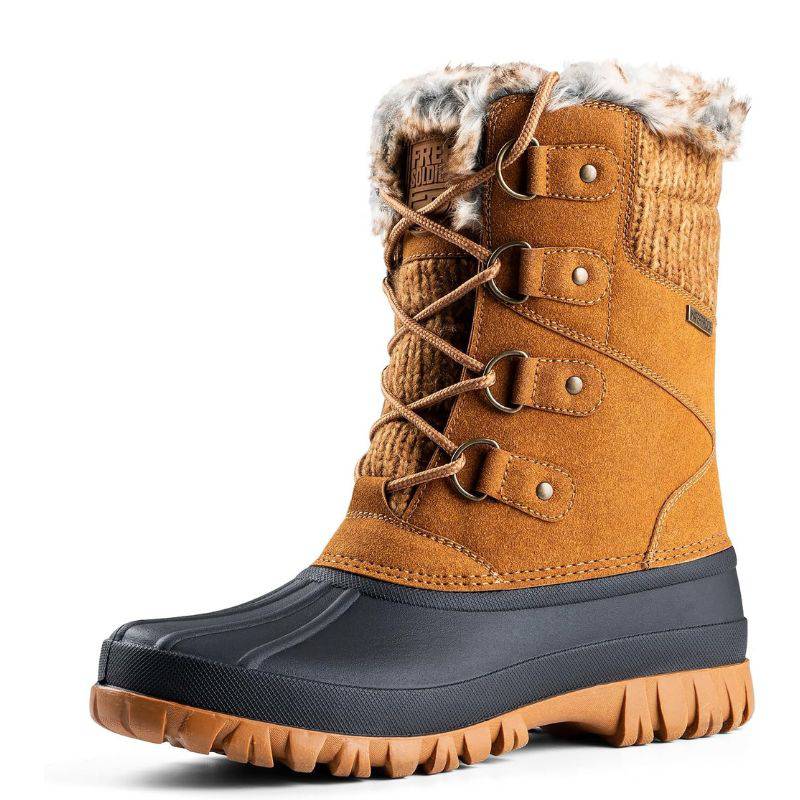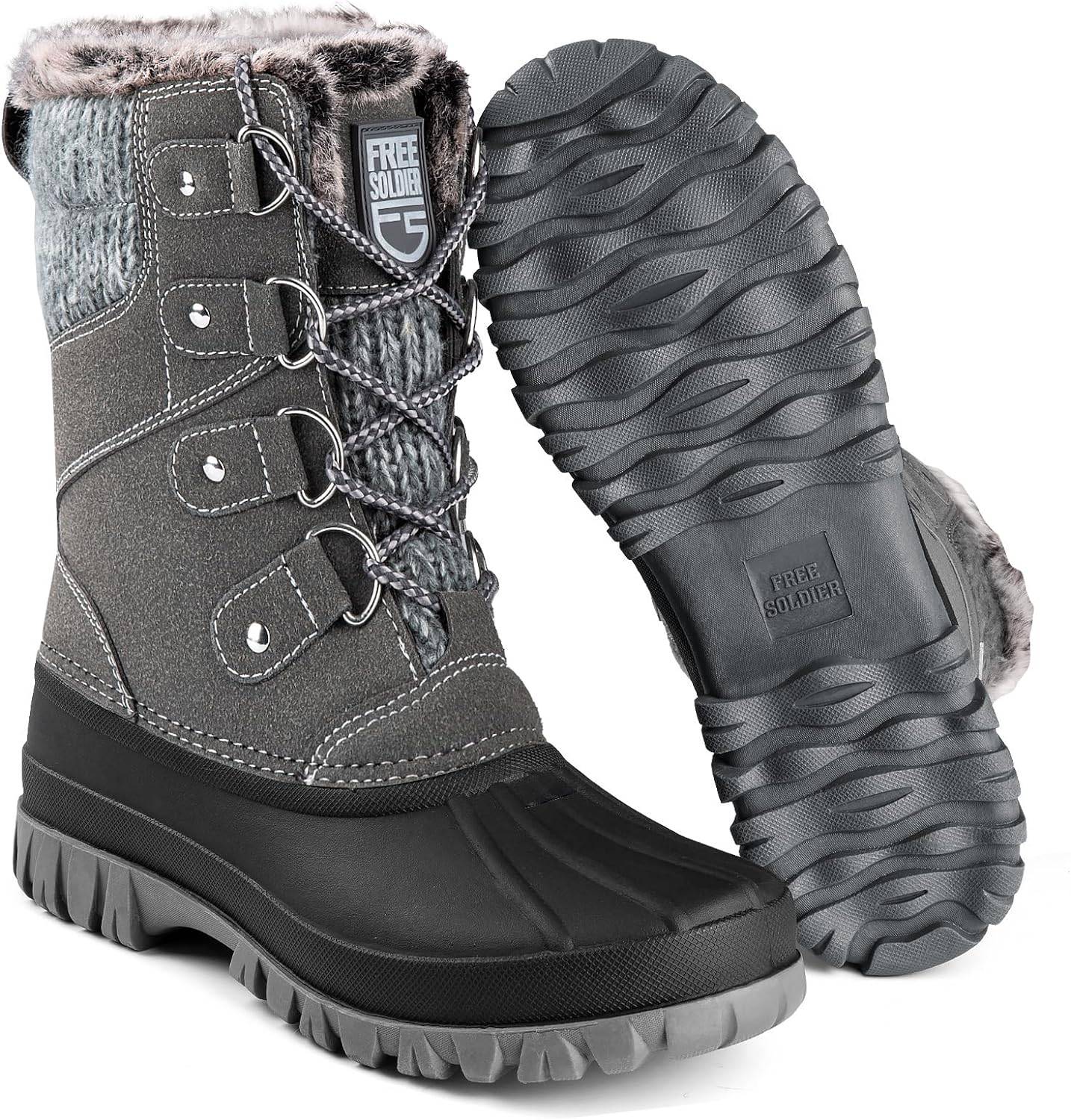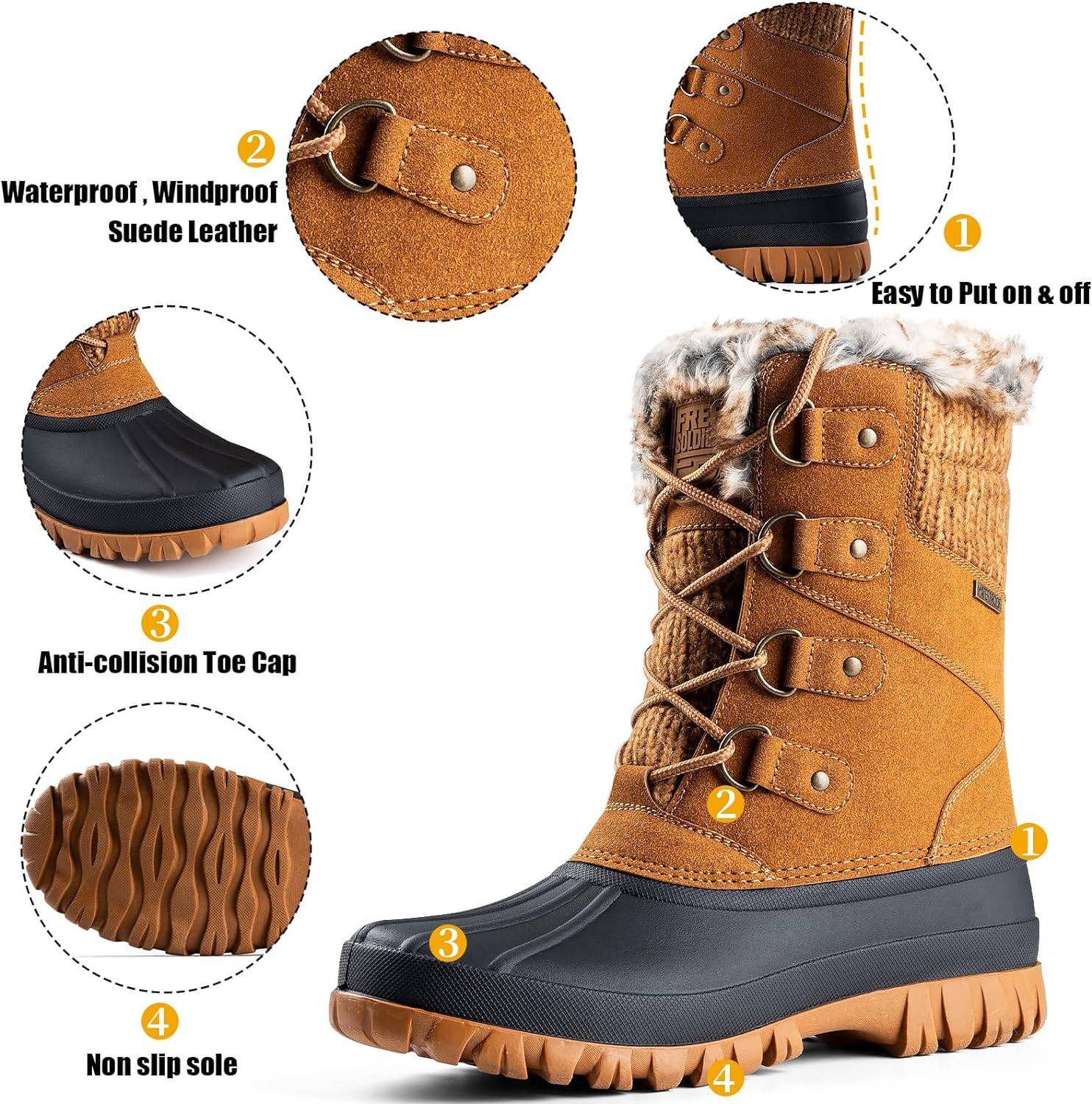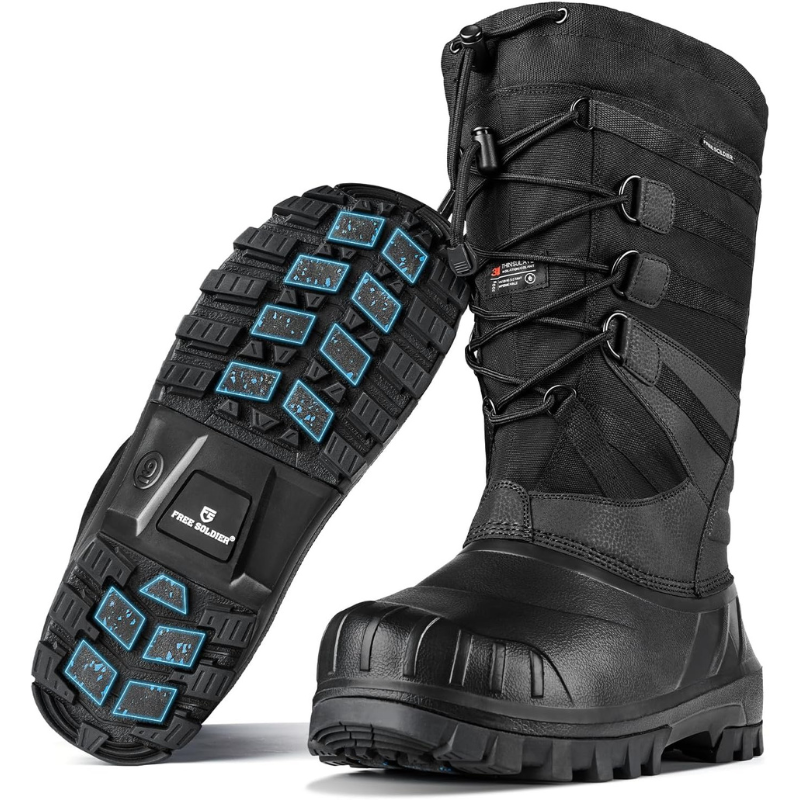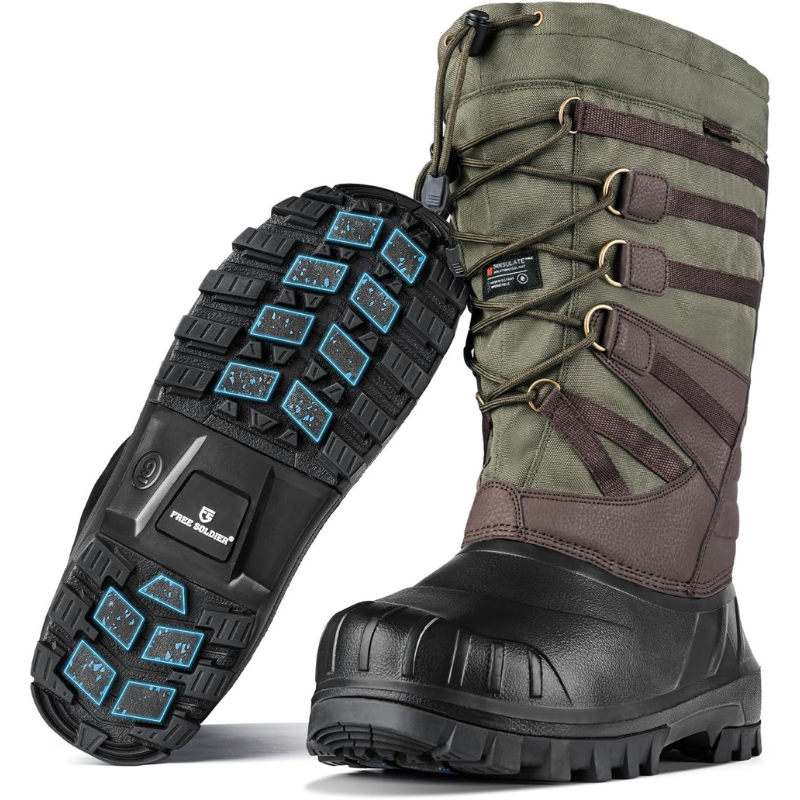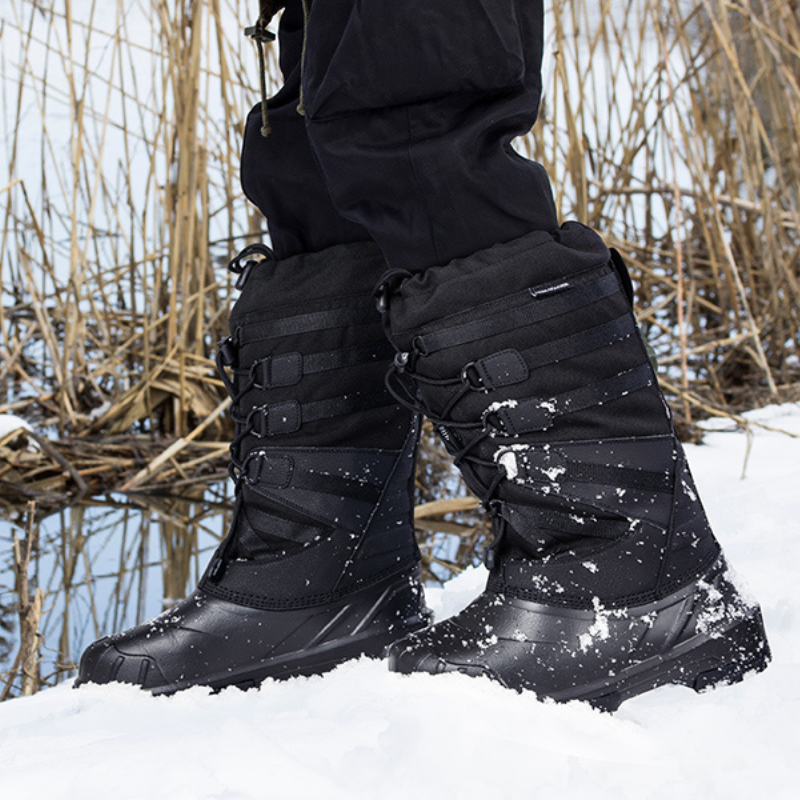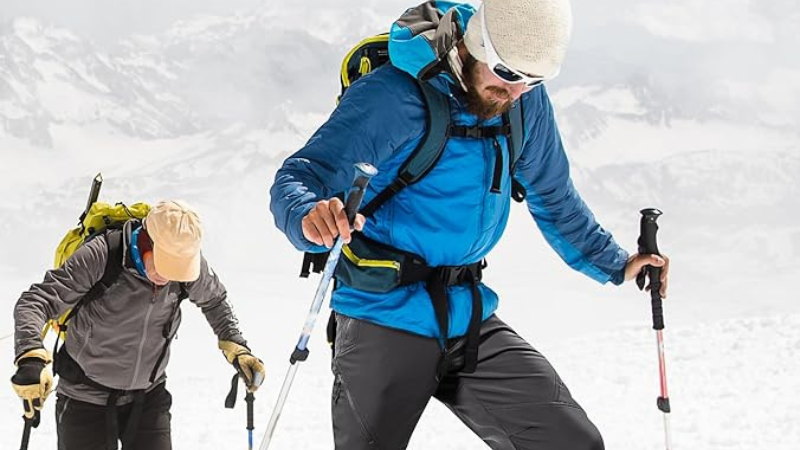Ideal for a ski trip or a stroll through a snowy town, snow boots serve as the perfect footwear for winter conditions. Waterproof and warming, they keep your feet dry and toasty, regardless of the winter weather.
But what are snow boots, and what makes them unique? FREE SOLDIER explains everything you need to know about snow boots. We guide you through how they differ from hiking and winter boots, as well as the features to consider when shopping for your own pair.
Read on to discover more about snow boots and how they protect your feet this winter…
What are Snow Boots?
As the name suggests, snow boots are designed specifically for snow. If you live in a snowy area or plan a ski holiday and need footwear for getting around, these are the ideal choice.
Snow boots are waterproof, or at least water-resistant. They typically feature a high side to keep snow out and a rubber sole to block water. You can also use snow boots in other wet conditions, such as slushy, muddy, and rainy environments.
They should rise above your ankle to keep snow off your feet, and they often come with heavy insulation for warmth. Snow boots facilitate walking in snow or on ice and are suitable for crossing streams.
Are Snow Boots Different from Winter Boots?
Some people might confuse winter boots with snow boots, but they serve very different purposes. Snow boots have one core function: they are specifically designed for use in snow, while winter boots generally offer more warmth and grip than regular shoes.
Winter boots focus mainly on warmth, although some may provide benefits found in snow boots, just not as effectively. Winter boots may appear more fashionable than many snow boots but are intended for general winter use. They don’t provide the same level of weather protection as snow boots and tend to be lighter.
Snow boots deliver waterproof protection, ankle support, and excellent grip to help prevent slips on ice. They suit wet conditions well, especially when snow turns into slush. Snow boots also offer better ankle support due to additional padding and lacing that extends higher than regular winter boots.
What are the Features of Snow Boots?
When it comes to snow boots, certain core features are essential to know. Some are visible, like the insulated lining and upper material, while others require more explanation. We highlight them below in the diagram before providing more detail.
Upper: Made from various materials, including padded or quilted nylon, textile, suede, and leather, featuring taped seams.
Midsole: Padded for shock absorption and added cushioning.
Soles: More flexible than hiking boots to enhance traction on ice, with a deep tread for grip and stability.
Insulated Lining: Snow boots vary in insulation levels, from soft fleece linings to Thermoguard padding and Xero Therm technology.
Waterproof Protection: Fully waterproof to repel rain and snow, snow boots also include a breathable Isotex membrane to keep feet dry inside and out.
Height: Taller boots provide greater protection from snow. A high boot is best for trekking through deep snow and will keep your lower legs warm.
Adjustable Collar: An adjustable collar allows you to tighten the top of the boot around your leg.
Snow Boot Temperature Ratings
Snow boots come with various temperature ratings to help you choose suitable footwear for your activities or destinations. Manufacturers laboratory test temperature-rated boots for performance, and the indicated number means your feet will stay warm down to that temperature.
For example, a temperature rating of -20 degrees indicates that the snow boots will keep your feet warm in conditions as low as -20 degrees, but not below that. Treat these ratings as a guideline since several factors can influence performance, including physical activity, exposure time to the elements, socks, weather conditions, and perspiration.
What to Consider When Buying Snow Boots
Water Repellency & Waterproofing
Snow boots handle rain, snow, sleet, hail, frost, and ice thanks to their waterproofing.
All snow boots repel water and are classified as either water-resistant or waterproof. Most are waterproof because your feet will likely be submerged in snow. They also provide moisture protection, with soles made from waterproof materials like rubber and PVC.
Snow boots consist of a water-resistant upper and a waterproof membrane, allowing moisture and perspiration to escape while preventing water and snow from entering. This design mirrors how waterproof membranes function in jackets. The waterproof lining is crucial and covers a significant area above the soles, making them snowproof.
Insulation and Ankle Support
Snow boots may feature various insulation types, including wool blends, faux fur, and fleece.
These boots retain heat and keep your feet warm in freezing temperatures, as low as -40 degrees. Insulated layers, padding, and additional laces provide excellent ankle support—something regular winter boots lack.
This support protects you from twisted ankles and leg or foot injuries on potentially uneven terrain or icy surfaces. Consequently, snow boots often weigh more than standard hiking boots and winter boots.
As previously mentioned, snow boots typically include a collar or cuff or a drawstring closure at the top. This design helps keep snow and cold air out, maintaining warmth inside. These cuffs and collars can be both stylish and functional.
How Should Snow Boots Fit?
Unlike some outdoor footwear, it's best to shop in-store for snow boots and try them on.
You want a bit of room in your winter boots to accommodate thicker, warmer socks, as well as some extra space to allow warm air to circulate. This design helps retain body heat and facilitates moisture evaporation, but you should avoid excessive space that could lead to blisters.
Despite being more robust, snow boots are like any other outdoor footwear; comfort is essential. You'll know the fit is right shortly after trying them on. Aim for a snug fit without tightness, ensuring flexibility without feeling floppy.
Tip: Just like with hiking boots, break in your snow boots first. Wear them for an hour or two at home before heading outside.
With this knowledge, you should be fully prepared to buy a snug pair of men’s or women’s snow boots that will keep you warm, safe, and upright this winter, whether you're on a ski holiday or clearing snow from your driveway.







